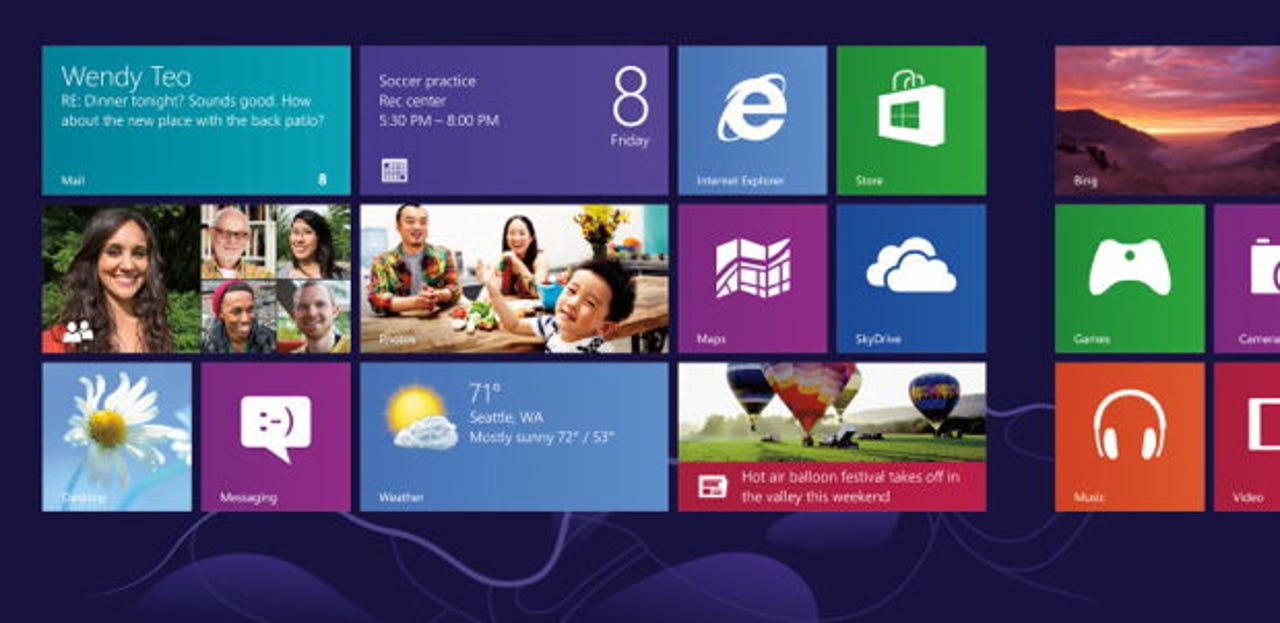Steve Ballmer's math on Apple innovation doesn't add up


In the videos from his talk at Oxford's Said Business School, Steve Ballmer said that most tech companies fail — like restaurants, I guess — and that the genius companies are "one-trick ponies," which invent a business worth billons.
ZDNET's Mary Jo Foley speaks to Steve Ballmer on retirement and regrets
For Microsoft, Ballmer counted 2.5 tricks: firstly, the modern PC platform, which comprises Windows software along with the Office software platform; and secondly the Windows Server platform (he described this as Microsoft in the datacenter). And finally, just a half a trick for Redmond's Xbox gaming system.
Ballmer granted that Apple had accomplished two tricks: Macintosh, by which he must also include the popularizing of the first widely available GUI OS; and the iOS mobile computing platform, which spans iPod, iPhone (smartphones), and now iPad (tablet computing).
His math of Apple innovation appears lacking to this longtime Mac user. Let me add a few more "tricks" to the list:
The Apple II platform. Ballmer appears to believe that personal computing began with the launch of the IBM PC, which was Microsoft's big start. Of course, the Apple II platform was one of the first great hardware and software platforms. Most tech industry watchers don't know or recall that the Apple II was Cupertino's cash cow for years following the release of the Macintosh, into the late 1980s. Production of the last Apple II model didn't happen until 1993! I remember using the first spreadsheet, VisiCalc, in the early 1980s when I worked in an academic library.
Tech Pro Research
Desktop publishing. It was Apple that in 1985 shipped the first readily available, networked laser printer, the LaserWriter. This printer, along with its Adobe Postscript interpreter technology, the Macintosh (with its support for PostScript and standard AppleTalk networking) and Aldus PageMaker layout application, provided the foundation of an entire industry, from service bureaus to computer graphics.
We take it for granted nowadays, the networked inkjet or laser printer in home or office. It started with the LaserWriter.
The Apple Store. There was a time when all computer makers sold in the channel and even had branded storefronts. But it's all retail history now. In the 1990s, Apple pioneered the store-within-a-store concept and in 2001 opened its first retail store. Now the company runs a network of 424 stores in 16 countries that provide sales, support, product demonstrations, consumer education, and more. Now, the stores are starting a focus on supporting small businesses. Of course, the industry predicted that this retail move would be a complete disaster.
The first store was developed much like a project. I wrote about it in a post.
"I was once told a tale about the design of the first Apple Store back in 2001. A full-sized mockup of the store was built inside a warehouse in Santa Clara, Calif., where all of the shelves and counters and other store elements were put on coasters. Every morning, Steve Jobs would walk into the warehouse and move things around. Maybe again in the afternoon. This continued until everything was in its proper spot."
There could be others: The transition to Mac OS X, as an example. What about the iTunes Store? Yes, it's the vital service side of iOS, but it's more than that, since it spans Macs and Windows and Apple TV platforms.
At the same time, I wonder if Ballmer isn't selling Microsoft a bit short. I might add Microsoft BASIC and Visual Studio as a developer tools "trick." But given the mixed and often-confused messages from Microsoft over the past decade, it must be easy for him to skip over such "little" tricks.